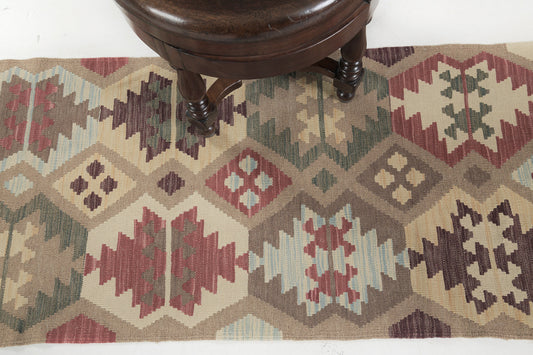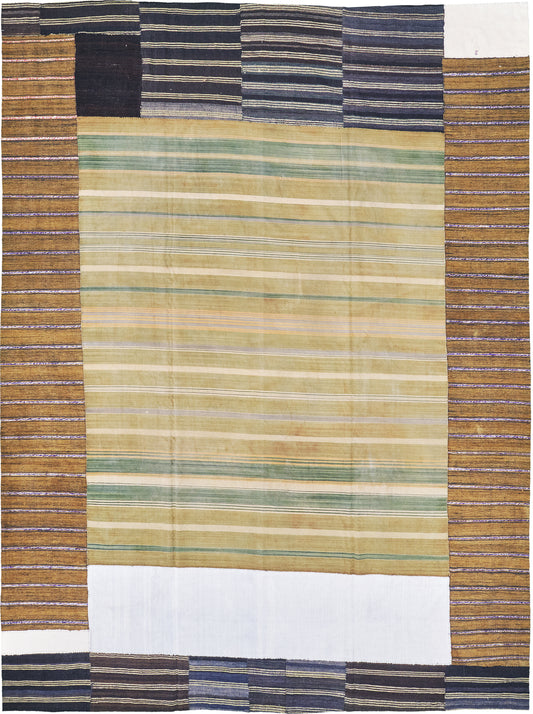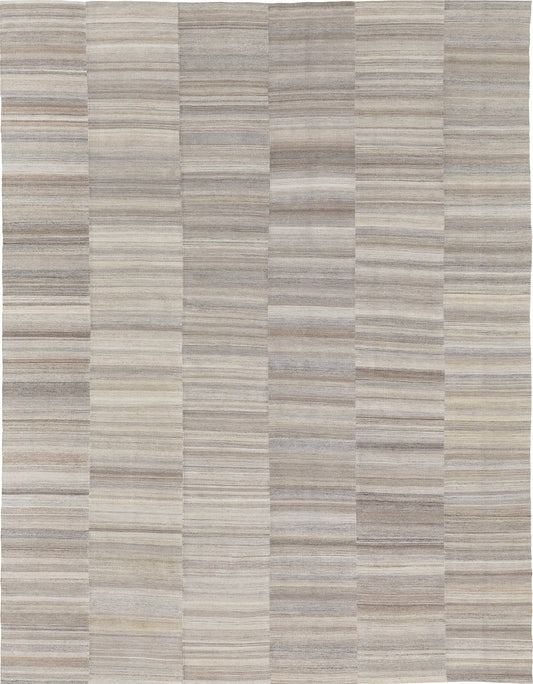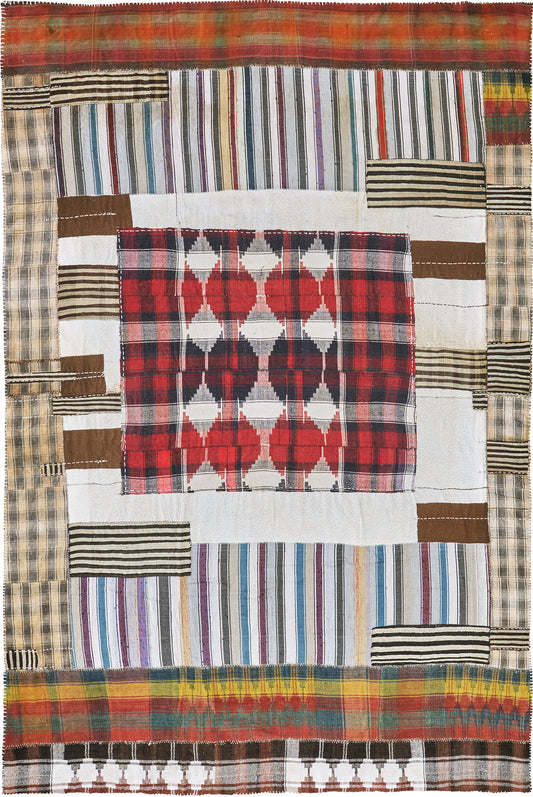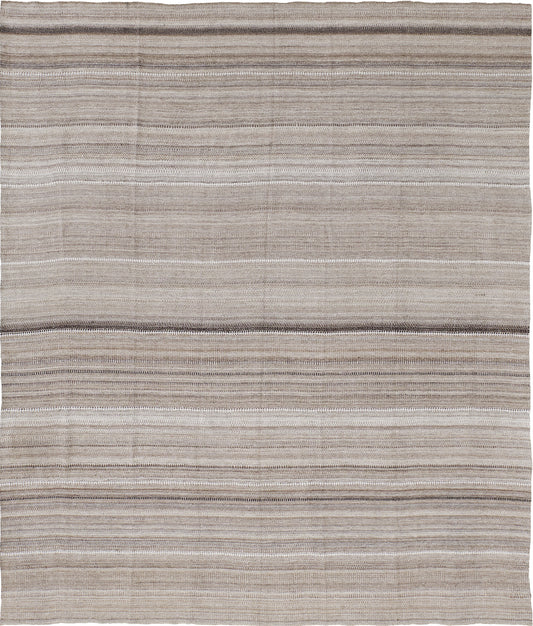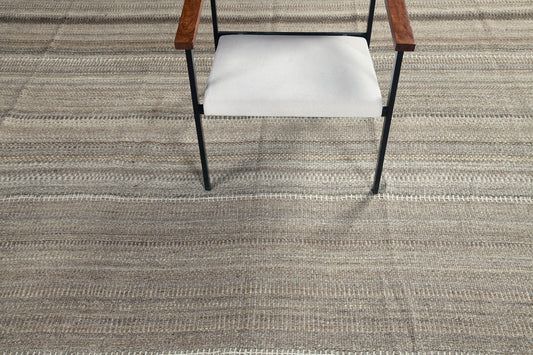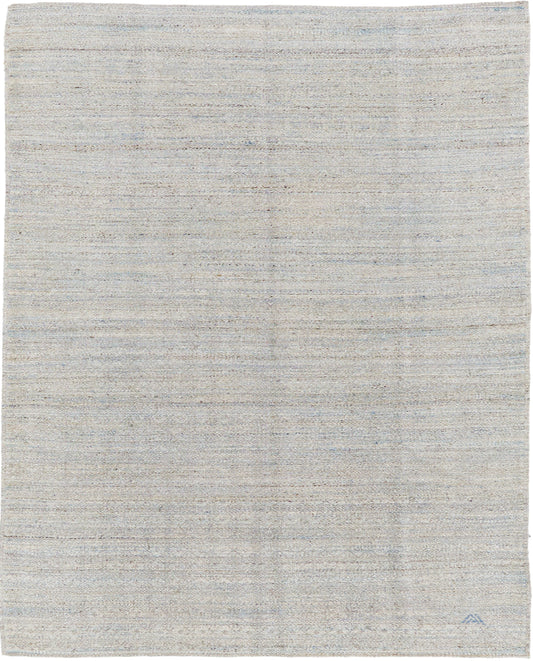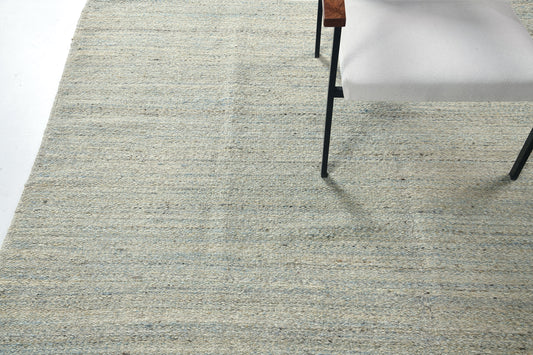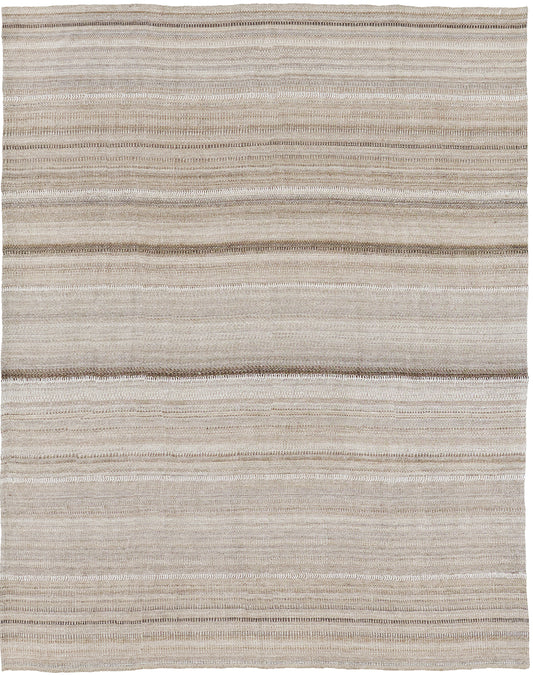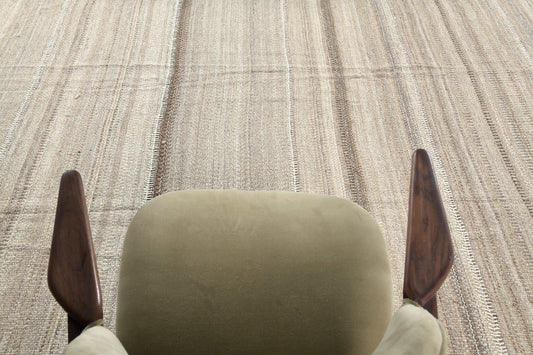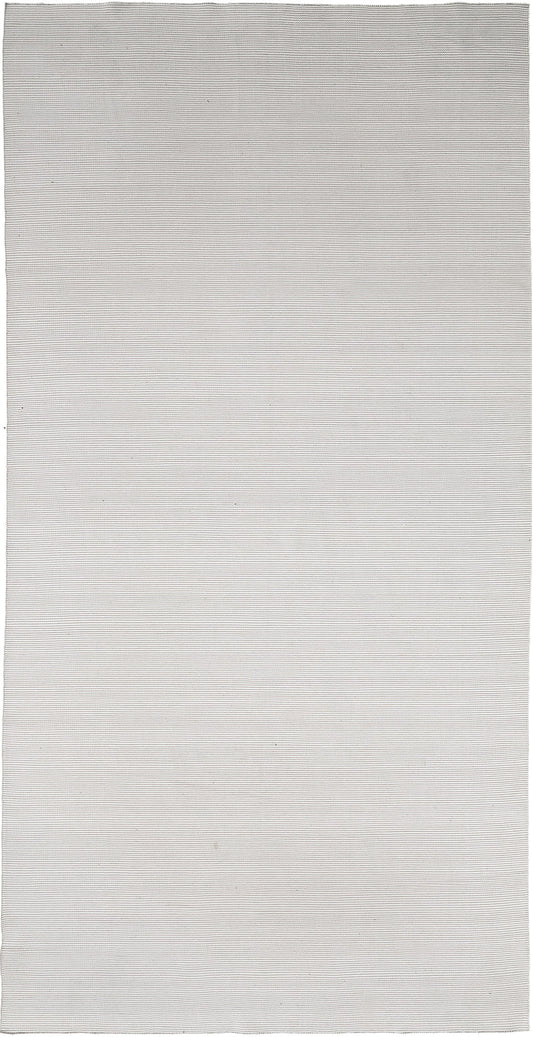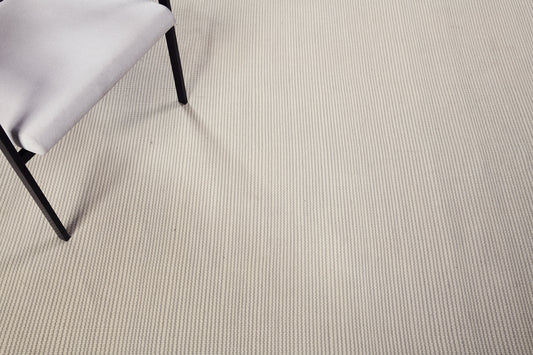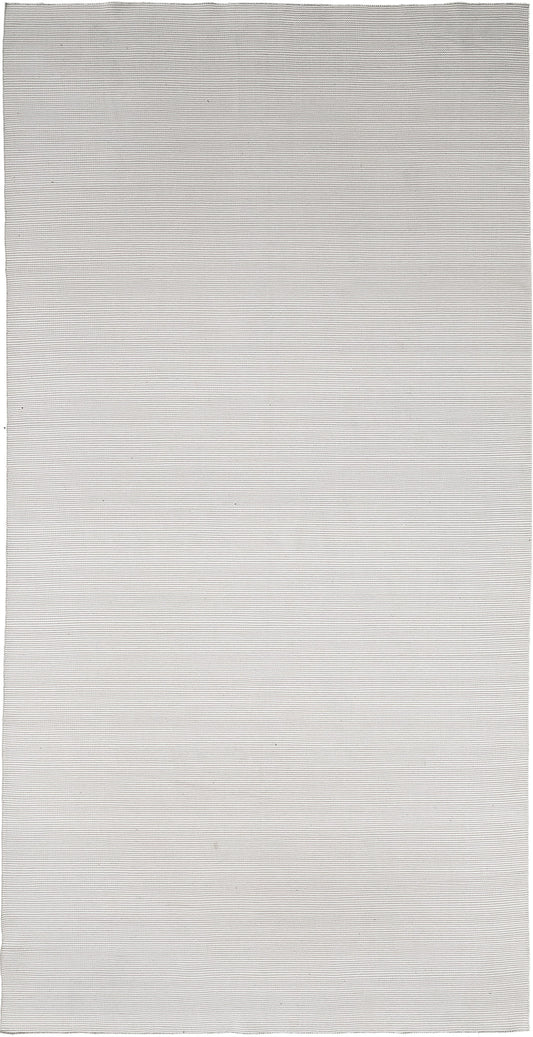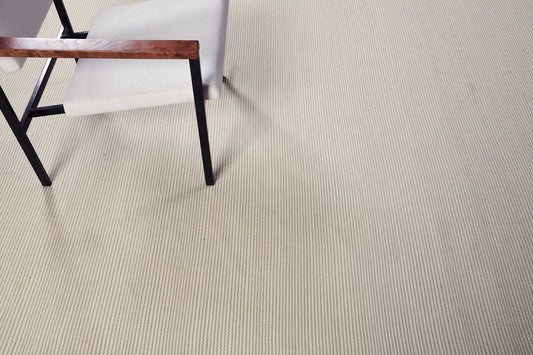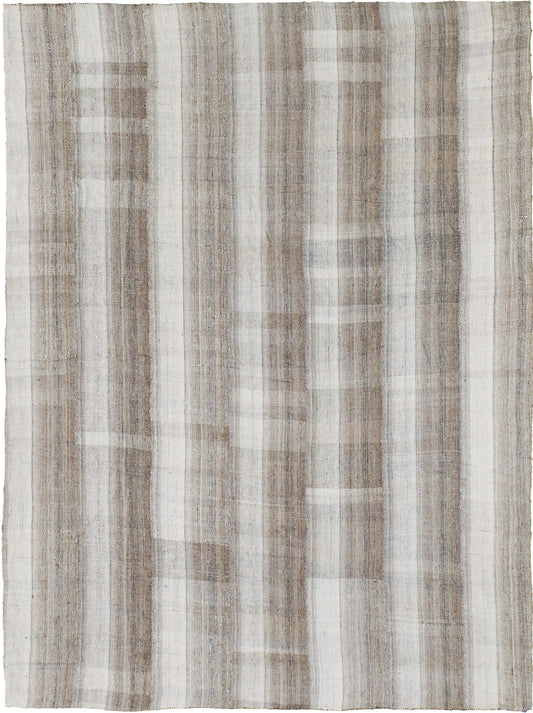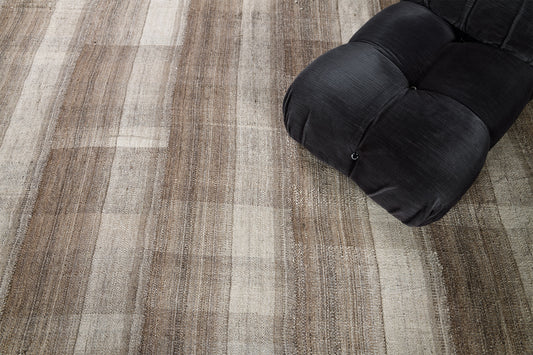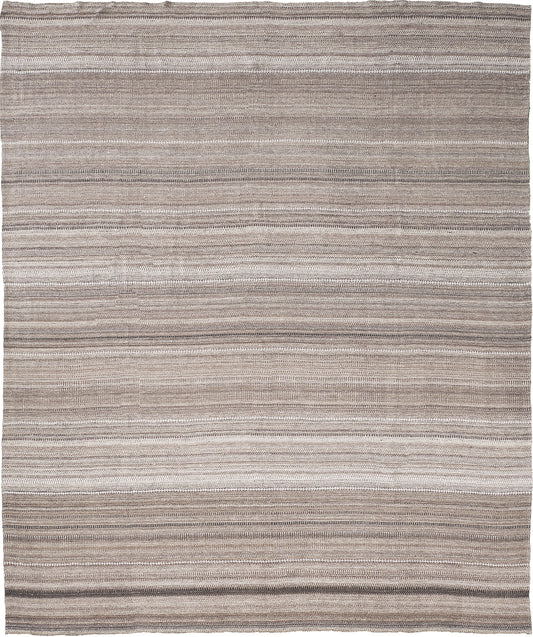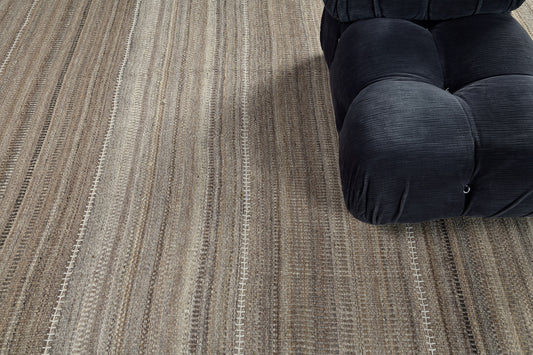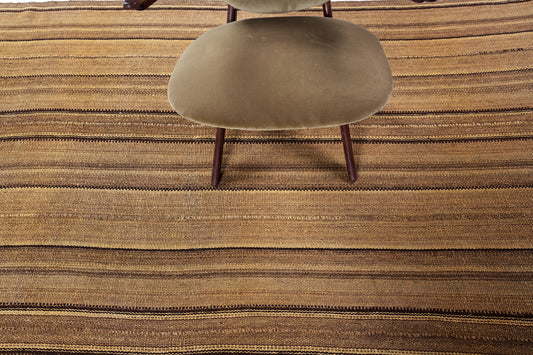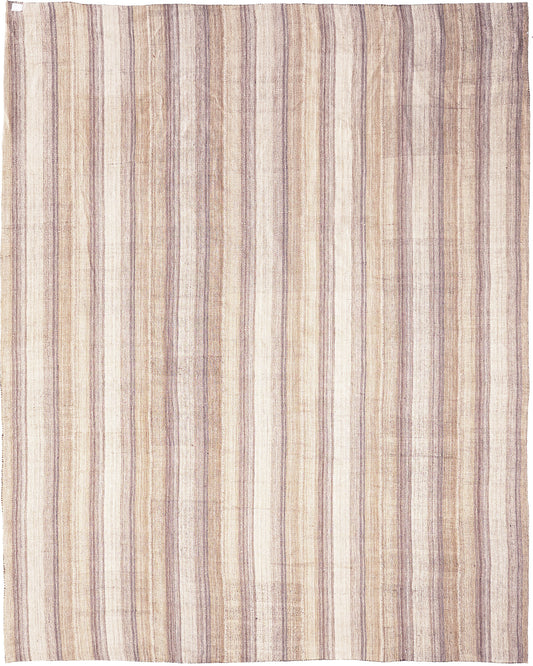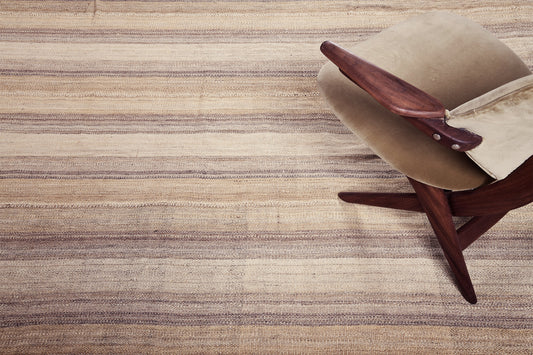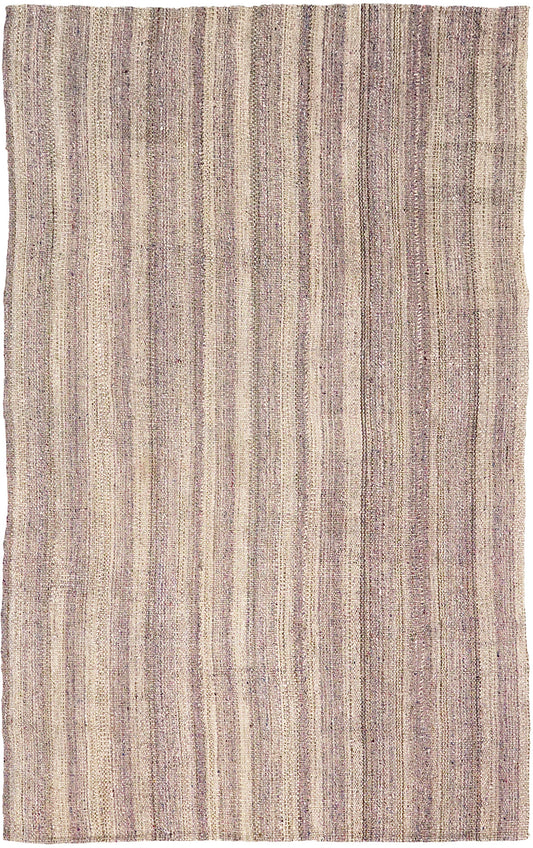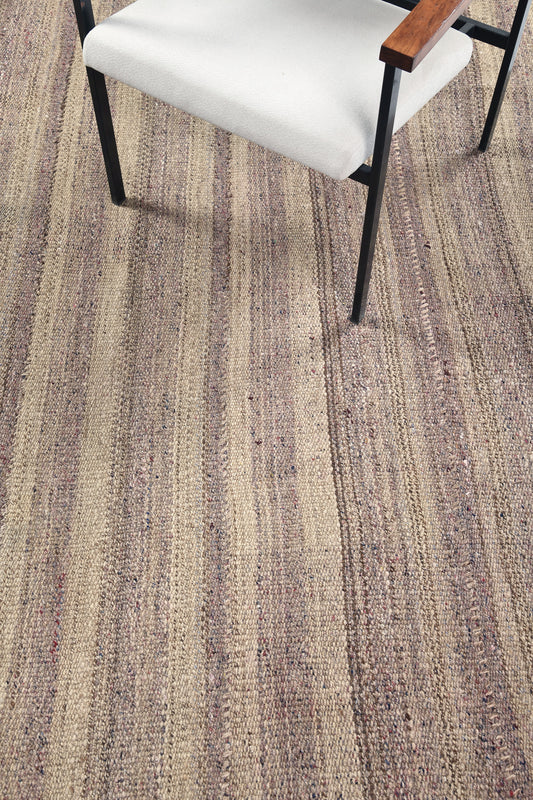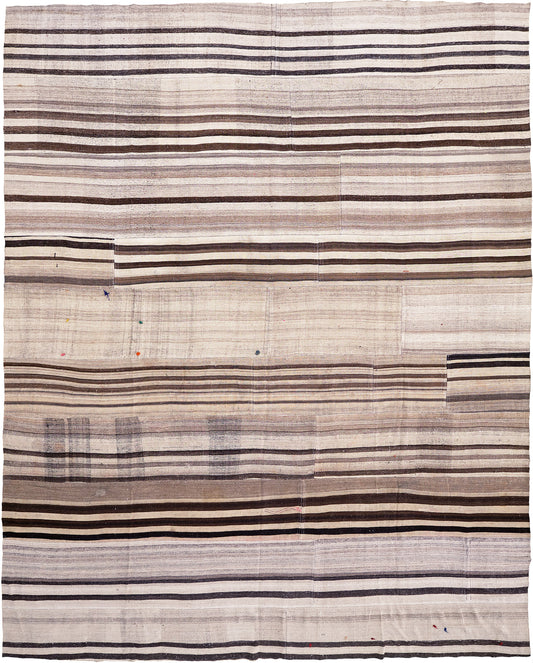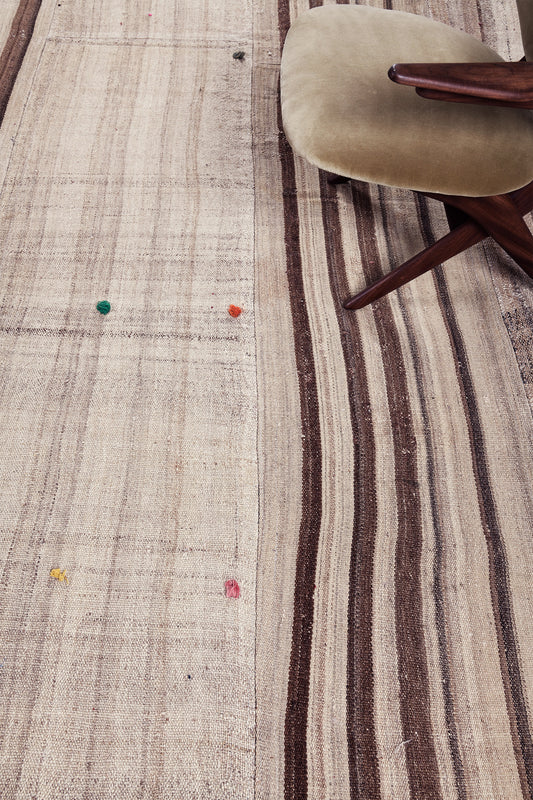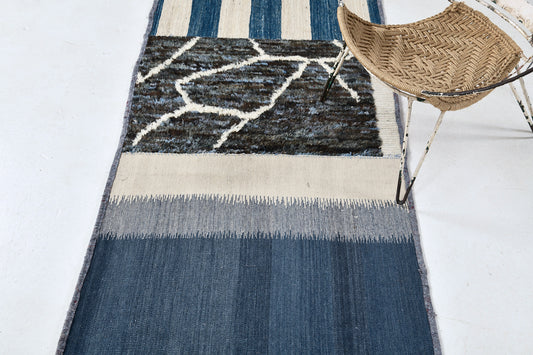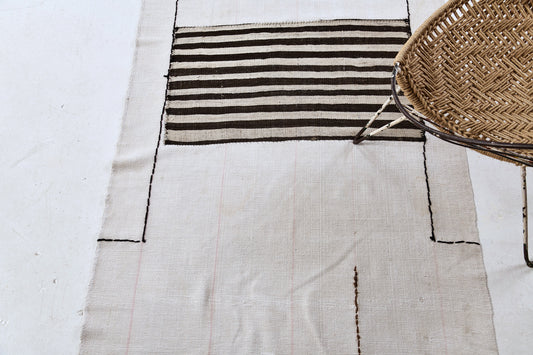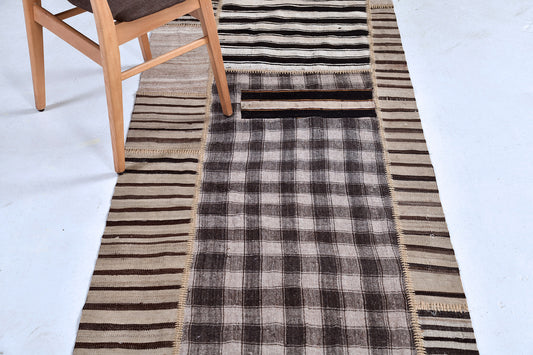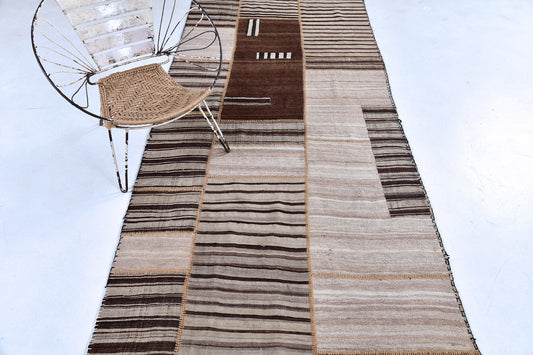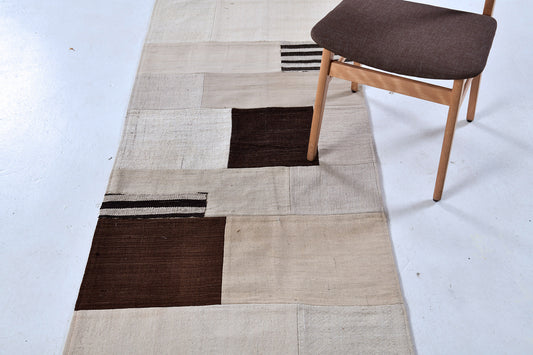-
Vintage Persian Ghashghaei Kilim
Regular price $19,500.00 USDRegular price Sale price $19,500.00 USDUnit price per -
Solid Jejim Kilim
Regular price $10,200.00 USDRegular price Sale price $10,200.00 USDUnit price per -
Antique Persian Ghashghaei Kilim
Regular price $16,500.00 USDRegular price Sale price $16,500.00 USDUnit price per -
Persian Jajim Kilim
Regular price $13,200.00 USDRegular price Sale price $13,200.00 USDUnit price per -
Persian Ziloo Kilim
Regular price $4,700.00 USDRegular price Sale price $4,700.00 USDUnit price per -
Persian Jajim Kilim
Regular price $7,400.00 USDRegular price Sale price $7,400.00 USDUnit price per -
Modern Flat Weave Kilim
Regular price $1,200.00 USDRegular price Sale price $1,200.00 USDUnit price per -
Modern Flat Weave Kilim
Regular price $1,200.00 USDRegular price Sale price $1,200.00 USDUnit price per -
Vintage Persian Kilim
Regular price $12,600.00 USDRegular price Sale price $12,600.00 USDUnit price per -
Persian Jejim Kilim
Regular price $14,400.00 USDRegular price Sale price $14,400.00 USDUnit price per -
Vintage Persian Jejim Kilim Flat Weave Rug
Regular price $7,100.00 USDRegular price Sale price $7,100.00 USDUnit price per -
Vintage Persian Jejim Kilim Flat Weave Rug
Regular price $12,300.00 USDRegular price Sale price $12,300.00 USDUnit price per -
Vintage Persian Jejim Kilim Flat Weave Rug
Regular price $4,100.00 USDRegular price Sale price $4,100.00 USDUnit price per -
Vintage Mazandaran Kilim
Regular price $18,550.00 USDRegular price Sale price $18,550.00 USDUnit price per -
Persian Ghashghaei Kilim Runner
Regular price $4,300.00 USDRegular price Sale price $4,300.00 USDUnit price per -
Antique Persian Ghashghaei Kilim Runner
Regular price $8,000.00 USDRegular price Sale price $8,000.00 USDUnit price per -
Antique Persian Ghashghaei Kilim Runner
Regular price $4,000.00 USDRegular price Sale price $4,000.00 USDUnit price per -
Antique Persian Ghashghaei Kilim Runner
Regular price $5,200.00 USDRegular price Sale price $5,200.00 USDUnit price per -
Antique Persian Ghashghaei Kilim Runner
Regular price $4,000.00 USDRegular price Sale price $4,000.00 USDUnit price per
Collapsible content
More About Kilim Rugs
Certainly! Here’s the full 800-word SEO article based on your outline:
Kilim Flatweaves in Turkish and Persian Rug Traditions: A Woven Legacy
Among the many forms of traditional rugs, Kilim flatweaves stand out for their striking simplicity, graphic beauty, and cultural significance. Woven without a pile, kilims are crafted using ancient techniques that originated in the tribal and village weaving traditions of the Middle East and Central Asia. In both Turkish and Persian rug-making cultures, kilims represent a vital artistic expression—one that continues to evolve and find relevance in modern interiors today.
Whether layered in a contemporary living space or hung as textile art, Kilim flatweaves offer a unique combination of craftsmanship, symbolism, and design versatility. This article explores the origins, stylistic distinctions, and lasting appeal of kilim weaving in both Turkish and Persian traditions.
What Is a Kilim?
A Kilim is a type of flatwoven rug, meaning it is made without a knotted pile. Instead, kilims are created using a weft-facing plain weave, in which the horizontal yarns (weft) are more visible than the vertical ones (warp), and are tightly pulled to completely cover the structure beneath.
The result is a lightweight, durable, and reversible textile with a flat surface and vivid patterning. Unlike pile rugs, kilims do not have raised texture or plushness; instead, their beauty lies in crisp edges, interlocking motifs, and an emphasis on color contrasts and geometry.
Turkish Kilim Traditions: A Regional Language of Pattern
In Turkey, kilim weaving is deeply rooted in Anatolian traditions, with a long history that predates the Ottoman Empire. Across the Turkish countryside, different regions developed their own design languages, shaped by cultural, spiritual, and practical influences.
Notable Regions and Styles
-
Konya, in central Anatolia, is known for large-scale, geometric compositions—diamond shapes, stylized animals, and stepped medallions often dominate the field.
-
Bergama, in western Turkey, produces kilims rich in tribal character, with vivid reds, blues, and dynamic border elements.
-
Van, Malatya, and Balıkesir regions feature symbolic motifs, such as fertility figures, combs, and ram’s horns, each conveying aspects of daily life or spiritual protection.
Turkish kilims often include iconic motifs such as:
-
Elibelinde (hands on hips): a stylized female form symbolizing fertility and motherhood
-
Ram’s horn: strength and masculinity
-
Hooks and stars: protective elements to ward off evil
Materials are traditionally handspun wool, sometimes mixed with goat hair for strength, and dyed with natural vegetable or plant-based dyes. Kilims served practical roles in Anatolian homes—used as rugs, tent partitions, storage bags, dowry pieces, or even prayer mats. Their patterns functioned as both decoration and deeply personal storytelling.
Persian Kilim Traditions: Woven Narratives of Nomadic Life
Just across the border, Iran (historically known as Persia) also boasts a rich kilim weaving heritage. Persian kilims share structural similarities with their Turkish counterparts but often differ in coloration, motif complexity, and tribal affiliations.
Notable Regions and Styles
-
Qashqai kilims, woven by the nomadic Qashqai people in the Fars Province, are known for vivid colors, intricate diagonals, and stylized animals and plants. Their kilims feel bold and rhythmic, with tightly packed designs that reflect constant movement and change.
-
Kurdish kilims from northwestern Iran feature angular motifs, deeply saturated hues, and sturdy wool construction. These kilims often have a more rustic or elemental feel.
-
Luri and Baluch kilims, from southwestern and eastern Iran respectively, are more subdued in tone—earthy browns, rust, and black—woven in linear, small-scale repeating designs.
Persian kilims frequently incorporate symbolic and narrative elements, drawing from tribal myths, natural landscapes, and spiritual beliefs. Unlike urban carpets woven to meet commercial demand, these kilims emerged from domestic, nomadic contexts, where each piece was made by hand, often by women, for personal use or ceremonial occasions.
Kilims in Modern Interiors: Style, Sustainability, and Soul
In recent years, Kilim flatweaves have experienced a resurgence among interior designers and design-forward homeowners. As consumers seek authentic, sustainable, and handmade objects, kilims offer an ideal balance of history, function, and aesthetic sophistication.
Their flat, low-profile structure makes them perfect for layering over neutral base rugs or hard flooring. Their bold patterns and saturated colors bring warmth, character, and story to minimalist spaces. They are equally suited for use as:
-
Floor rugs in high-traffic areas
-
Wall tapestries
-
Table or furniture coverings
-
Upholstery and pillow fabric
Because kilims are often more affordable than pile rugs, they are accessible entry points for collectors or designers working within a budget. Their versatility allows them to blend easily into modern, bohemian, eclectic, rustic, or even industrial interiors.
Kilims also represent a move toward cultural appreciation and handmade artistry in a mass-produced world. Whether vintage or newly woven, each kilim carries a distinct fingerprint—proof of the weaver’s hand, vision, and lived experience.
A Living Heritage in Flat Weave
Kilim flatweaves represent one of the most enduring textile traditions in the world, with roots in both Turkish and Persian rug-making cultures. Their symbolic motifs, regional identities, and artisanal craftsmanship offer not just beauty, but a deep sense of cultural continuity.
Today, kilims are no longer confined to their place of origin. They have become global design objects—cherished by collectors, celebrated by interior designers, and embraced by anyone seeking meaningful and beautiful handmade pieces for the home.
In every thread, they carry a story. And in every space, they make a statement—one that is grounded in tradition and completely at home in the modern world.





